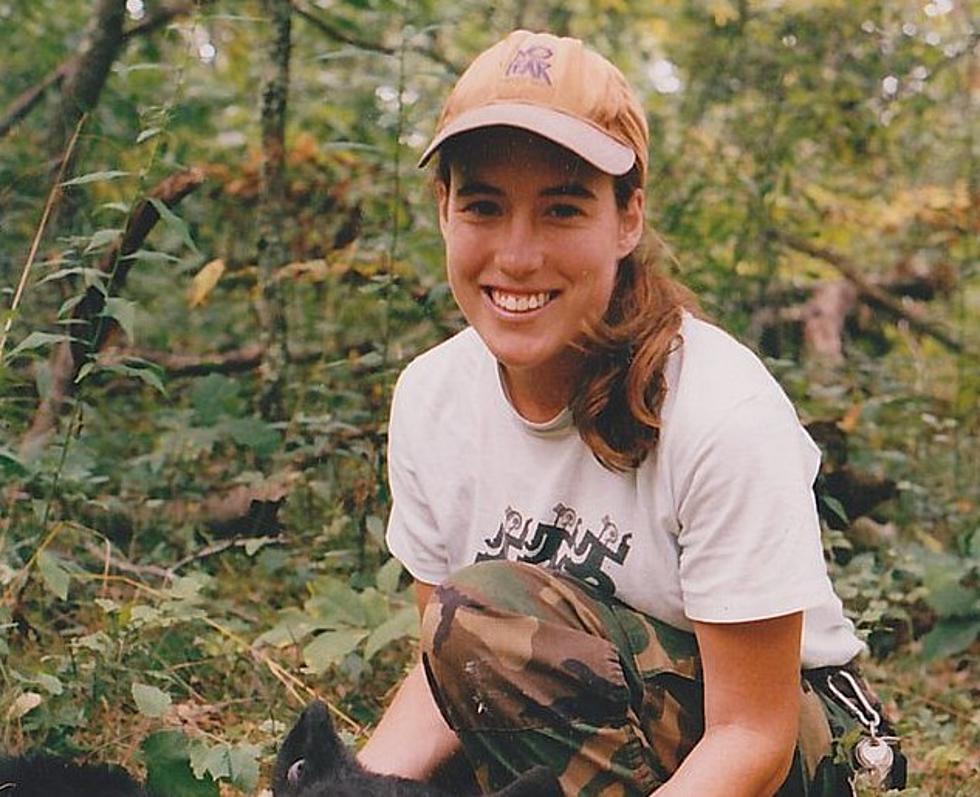
Why Peter Gabriel Got So Personal on ‘Us’
As any fan knows, Peter Gabriel works at a snail-like pace. But it's that attention to detail that made his 1992 album Us such a great listen.
Gabriel fans are among the most patient in all of rock, but they're always greatly rewarded. Gabriel albums aren't, by their very nature, larks. Ever since the former Genesis frontman broke out on his own in the late '70s as a solo artist, he's always treated the album as an art form, refining his palette with each go-around, utilizing the studio itself as an instrument and exploring every definition of a song before sending it out into the world.
Us is the very definition of that process. It's Gabriel's most painstakingly produced collection of songs. That means the album always sounds lush and beautiful, even if the songs themselves can be somewhat strained.
So, Gabriel's 1986 commercial breakout, captured a similar dynamic – melding multi-cultural rhythms, bright keys, and cathartic hooks – but that album was also startlingly eclectic, bouncing from the brass-fueled soul of "Sledgehammer" to the joyous African uplift of "In Your Eyes" without getting bogged down in studio clatter. Us is moodier and more textural, more somber and reflective, even when the grooves are at their thickest. It's an album filled with wondrous nooks and crannies, which means you have to dig sometimes to find the best bits.
"I'm pleased that it's now getting better regarded with hindsight," Gabriel later told his website. "I think it had some of my best songs on it."
No bones about it, Us is filled with incredible songwriting. "Blood of Eden" features one of Gabriel's most poignant lyrics, with chilling Biblical symbolism layered over a luxurious, slow-mo groove from rhythm section dream-team Tony Levin (bass) and Manu Katche (drums).
Watch Peter Gabriel's 'Digging in the Dirt' Video
"Digging in the Dirt" (which topped the Modern Rock chart) moves from a funky verse, driven by David Rhodes' gritty guitar riff and Gabriel's aggressive vocals, to a moving, atmospheric chorus. Meanwhile, the anthemic opener "Come Talk to Me" finds Gabriel at his most epic, reflecting on a strained relationship with his young daughter over pounding layers of percussion and driving bagpipes.
"I had recorded the rhythms and groove of 'Come Talk to Me' with Doudou N'Diaye Rose, a Senegalese drummer, in 1980," Gabriel reflected on the Real World Multimedia website. "Years later, when my marriage was breaking up, I started playing around with that rhythm again and picked up on its plaintive quality. It became the bones of 'Come Talk to Me.' At that time, my eldest daughter was able to express her hostility over the situation because she'd just gone through puberty, but it was taking my youngest longer to get her anger out. There was a big communication block between us."
Many of these songs (including the slow-building closer "Secret World") would fare even better on Secret World Live, Gabriel's 1994 live album documenting the Us tour. Onstage, the songs were injected with spontaneity and aggression – two qualities Us tends to avoid, in favor of sparkling headphone clarity.
Sometimes the preciousness wears thin, like on the overlong atmospheres of "Fourteen Black Paintings," a collaboration with former Led Zeppelin bassist and keyboardist John Paul Jones. Meanwhile, Gabriel never stooped lower than "Kiss That Frog," an obnoxious and slightly disturbing soul strut that comes off like a "Sledgehammer" rehash minus a few hooks.
But even if Us never reached the heights of its jaw-dropping predecessor (or even Up, which followed a decade later), it's still a Peter Gabriel album – which means it's an immersive, challenging, rewarding experience, revealing new shades and personalities with each listen.
26 Rock Stars Inducted Into the Hall of Fame More Than Once
The 'Silly' Phil Collins Joke That Went Too Far






